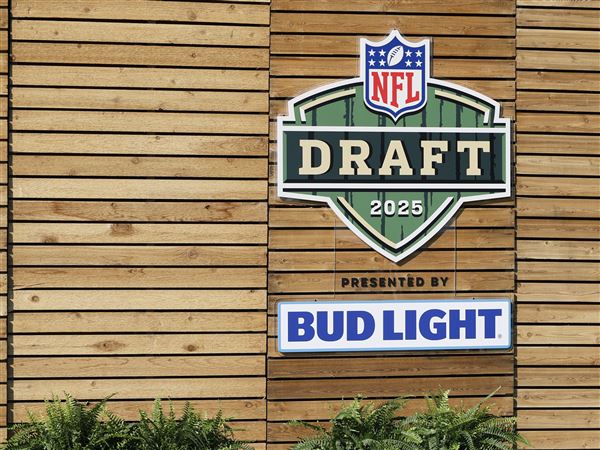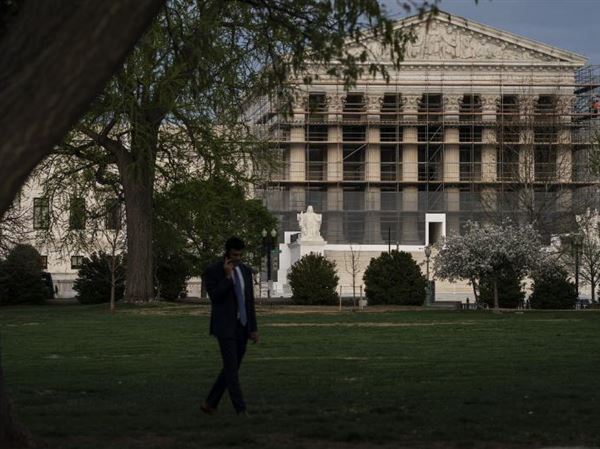As an anthropology major in his junior year at the University of Pittsburgh, Patrick Buehler has racked up $60,000 in student loan debt -- and he expects it will be around $80,000 by the time he graduates.
"Anthropology is not really that high paying of a major," said Mr. Buehler, 20, of Carnegie. "I'm hoping I can pay the debt. At points, I've wondered if going to college is still worth it. Will I be able to pay back all those loans?"
For students who graduated from college this spring, the six-month grace period for repaying student loan debt is almost over, which means the first bill will arrive in either November or December.
With the average debt for all four-year college graduates this year at $27,200, according to the nonprofit organization Project on Student Debt, and graduates facing what economists describe as the worst job market since the Great Depression, there is a higher likelihood many of them have not found work or are not earning enough to repay their loans.
It's no wonder the college loan default rate is on the rise.
This year's student loan default rate stands at 8.8 percent, compared to 7 percent last year, according to Mark Kantrowitz, publisher of financial aid websites Finaid.org and Fastweb.com. That translates to about 320,000 borrowers owing $2.4 billion who have made no payments on their student loans since last September.
Even though Pennsylvania has the third highest number of colleges and universities in the nation behind California and New York, the state's student loan default rate is below the national average at 6.6 percent, according to the Keystone Research Center in Harrisburg.
The drumbeat over mounting student debt has led the U.S. Department of Education to suggest a legislative proposal in the U.S. House of Representatives that calls for forgiving student debt for all graduates, even those who are managing to make their payments.
The idea behind the proposal is that wiping out student debt would free up money to spend to boost the economy.
Most recently, the Occupy Wall Street movement has incorporated student debt into its crusade against the inequities of the U.S. financial system. Protestors argue that since the government was able and willing to bail out Wall Street banks, borrowers weighed down with student loans also deserve a clean slate.
But graduates would be wise not to wait to make payments in the hope that a legislative solution is coming. Missing a student loan payment can be just as damaging to a credit score as missing a car or credit card payment. Borrowers who fail to make student loan payments for nine months are placed in default status, potentially damaging their career opportunities as well as their credit history.
"When creditors and employers look at a credit report and see a default on a federal education loan, they have a fairly dim view of the prospective borrower," said Mr. Kantrowitz. "Federal education loans are among the easiest to repay. They have a lot of flexible repayment terms. They have the availability of deferment and forebearances. They also offer the option of alternate repayment plans such as income-based repayment."
Borrowers who owe money to private lenders do not have as many options for relief. Private lenders are not nearly as flexible as the federal government. Student loan borrowers should always talk to their lender before deciding to skip a payment.
Student loans are unlike other forms of debt such as credit cards, installment loans, auto loans and mortgages. Congress passed a law in 2005 that makes it nearly impossible to discharge federal or private student loan debt in bankruptcy. Borrowers are financially stuck with those payments for life.
Defaulting on student loans also leads to harsher penalties than would be imposed for almost all other forms of debt.
While defaulted loans normally stay on a person's credit report for seven years, defaulted student loans stay on credit reports for seven years from the date the defaulted loan is paid off -- which could mean it never goes away.
Also, unlike other debt, unpaid student loans could lead to wage garnishment, seizure of tax returns, seizure of Social Security benefits and loss of eligibility for federal Veterans Affairs or federal housing loan programs.
So, is it worth going into debt for a college education?
"While a college degree does not guarantee you a job, the odds of getting a job and staying employed is higher for those with degrees and credentials," said Lauren Asher, president of the Project on Student Debt, based in Oakland, Calif.
Many former students carry debt far in excess of the national average -- $27,200 -- sometimes amounting to six figures, although Ms. Asher said less than 1 percent of all four-year college graduates have debt of $100,000 or more.
Those with substantial debt tend to delay buying cars, homes, getting married, having children and saving for retirement because so much of their income goes out the door for repaying education costs.
One rule of thumb when it comes to deciding a reasonable limit on student borrowing is that the debt should not amount to more than the student's expected annual salary at graduation.
Some economists fear the growing student debt load could signal a looming crisis of the same magnitude as the nation's housing market crash.
"Unemployment is highest among young people and if they can't find employment to pay off their student debt, the system could crash," said Mark Luschini, chief investment strategist at Janney Montgomery Scott, Downtown.
"If the younger generation is saddled with student loans, who will buy the McMansions the baby boomers are looking to downsize from?"
The total amount outstanding on student loans shows no signs of slowing down. It currently stands at a staggering $947 billion and is expected to hit $1 trillion by the end of this year, a number that exceeds even the total amount Americans owe on their credit cards -- $793 billion.
Students under the age of 24 are limited to $31,000 in federal Stafford loans to complete a four-year degree. Students older than 24 can borrow up to $57,000 for an undergraduate degree.
The interest rate on Stafford loans is currently 6.8 percent. Interest rates in private student loans vary, but some charge as much as 19 percent. Private loans are approved based on either the borrower or the co-borrower's credit history.
"You enter repayment, whether you graduate or not, six months after you are no longer enrolled full time," Ms. Asher said. "Borrowers are much more likely to default if they don't finish college."
Staff members at the Project on Student Debt helped design the underlying policy adopted for the federal Income Based Repayment program, which adjusts a borrower's payments based on what he or she can afford. In some cases, the monthly payment could be zero.
The income-based repayment option has been available for federal student loan borrowers since July 2009, but only 350,000 borrowers so far have taken advantage of the program, Ms. Asher said.
Under income-based repayment, any outstanding debt after 25 years is forgiven. If the graduate goes to work for a nonprofit employer, the loan could potentially be forgiven in 10 years.
"If you are entering repayment now and you owe at least as much as you earn, you probably qualify for income-based repayment," Ms. Asher said. "Income-based repayment is available to anyone with federal student loans even if they have been out of school for a while and are struggling financially."
In the meantime, Mr. Kantrowitz said borrowers who graduated this spring should be sure to check with their lender to see when the first student loan payment is due -- and take action quickly if they think they don't have the resources to make the payments.
First Published: October 9, 2011, 8:00 a.m.
















